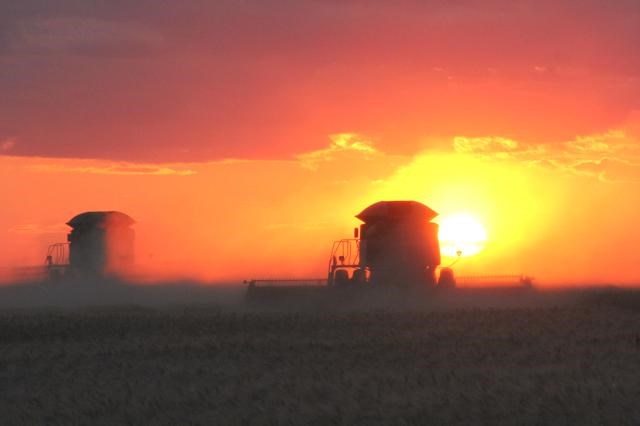Saskatchewan’s average farmland values continued to climb at roughly the same rate as the Canadian average in 2017, a sign of a strong and stable agriculture economy, according to J.P. Gervais, chief agricultural economist for Farm Credit Canada (FCC).
The average value of Canadian farmland increased 8.4 per cent in 2017, following a gain of 7.9 per cent in 2016. Although average farmland values have increased every year since 1993, recent increases are less pronounced than the 2011-2015 period that recorded significant average farmland value increases in many different regions.
“With the steady climb of farmland values, now is a good time for producers to review and adjust their business plan to reflect variable commodity prices and slightly higher interest rates, assess their overall financial position and focus on increasing productivity,” Gervais said. “It’s also a good idea to have a risk management plan in place to protect your business against unforeseen circumstances and events.”
In Saskatchewan, average farmland values increased by 10.2 per cent in 2017, following gains of 7.5 per cent in 2016 and 9.4 per cent in 2015. This was the largest average increase in farmland values reported among all provinces.
While Saskatchewan, Ontario and Nova Scotia reported the largest average increases, four provinces – British Columbia, Alberta, Manitoba and Prince Edward Island saw a smaller increase from the previous year.
Quebec and New Brunswick both showed increases that were fairly close to the national average, while Newfoundland and Labrador didn’t have enough transactions to fully assess farmland values in that province.
Some of last year’s average farmland value increase may also be a result of timing as most provinces recorded a faster pace of increase in the first six months of the year while interest rate increases didn’t occur until the latter half of 2017. Recent increases in borrowing costs and expectations of further increases could cool the farmland market in 2018, according to Gervais.
FCC’s Farmland Values Report highlights average changes in farmland values – regionally, provincially and nationally. This year’s report describes changes from January 1 to December 31, 2017 and, for the first time, provides a value range in terms of price per acre.
“It’s important to remember that farmland prices can vary widely within regions due to many local factors that can influence how much value a buyer and seller attach to a parcel of land,” Gervais said.
He also stressed that every farm operation is unique and there may be a strong business case for buying more land, but not without carefully weighing the risks and rewards. “Farm operations need to be cautious in regions where the growth rate of farmland values has exceeded that of farm incomes in recent years,” Gervais said. “The good news is Canadian farms are generally in a strong financial position when it comes to net cash income and their balance sheets.”




